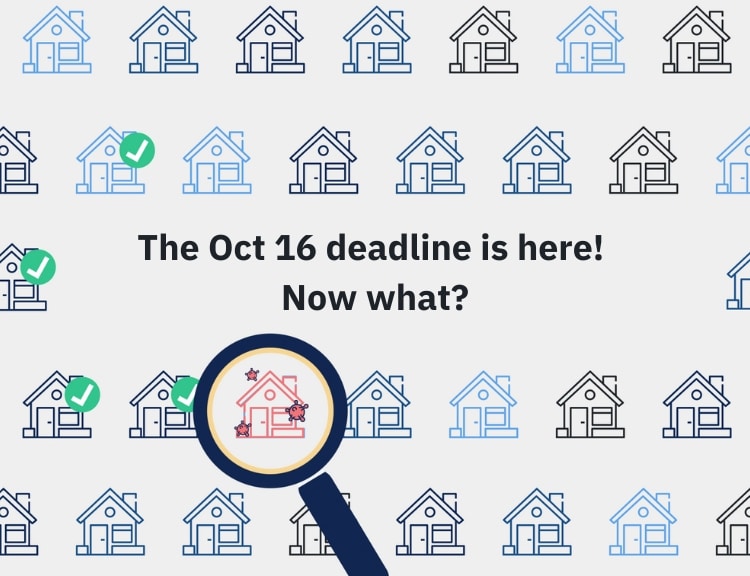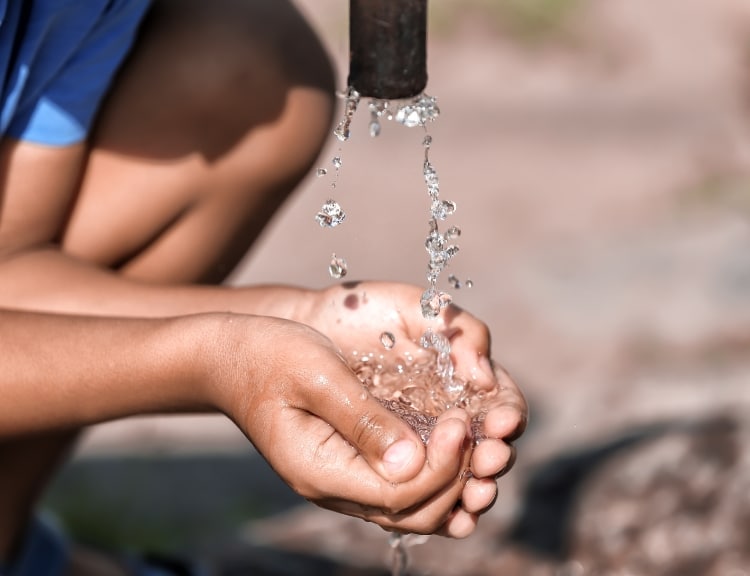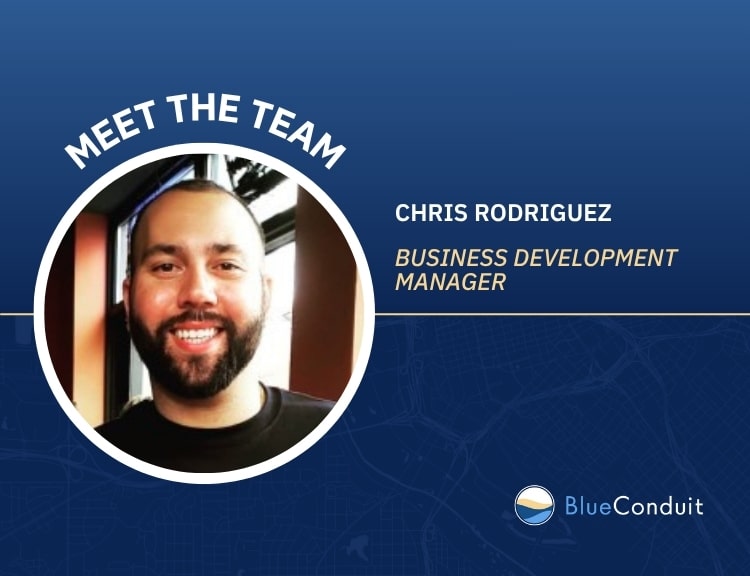We talk a lot about ‘compliance’ but the reality is that compliance is complicated and changes over time. This series breaks down compliance requirements across the LCR and the proposed LCRI to help you understand the who, what, and when of compliance.
We’ve been talking about October 16, 2024 for years…and it’s finally here. Initial Service Line Inventories are complete and being submitted to state primacy agencies. Water system leaders are hard at work on customer notifications for all addresses with lead, GRR, and unknown material service lines, due within 30 days of inventory submission.
And while many have been thinking about October 16 as an end, the reality is that we’re just at the starting line.
Why is Oct 16 a starting point?
A lot of hard, careful work went into the development of initial service line inventories. After 3 years of reconciling historic records, conducting interviews, and undergoing field inspections to develop the initial inventory, we don’t want to downplay that.
And, a service line inventory is simply a data set that enables water systems to begin work toward the true end goal: ensuring that no lead materials remain in drinking water systems.
So what comes next?
There are four critical next steps. Let’s learn more about what to expect (this post will explore these topics at a very high-level and we will dive deeper into them over the coming months).
Lead and Copper Rule Improvements (LCRI)
The EPA released the new Lead and Copper Rule Improvements on October 8, 2024, just ahead of the October 16 deadline. The LCRI builds on the compliance requirements of the LCRR and outlines new compliance requirements that go beyond the scope of the LCRR including, but not limited to, guidance unknown management, LSL/GRR replacement, and ongoing updates and submission of the service line inventories.
Unknown management
Under LCRR guidelines, water systems were able to submit initial service line inventories with materials listed as unknown. The LCRI treats unknowns as presumed lead, putting water systems on the hook for all compliance requirements related to lead service lines for every service line that remains unknown, for as long as it remains unknown. This adds up to a huge burden for water systems.
As we’ve explored previously, a water system with 5,000 unknowns could end up having to send as many as 42,500 total customer notifications, with up to 13 notifications sent to each customer!*^
*this doesn’t even include multiple attempts to reach a property owner or notifications in the case of lead action level exceedance!
^in addition to other compliance requirements
In addition, the LCRI is includes unknowns in a 10% annual replacement requirement; again, this means that unknowns are presumed to be lead, and water systems are expected to be required to identify and replace 10% of their unknown and lead service lines annually for the 10 years from 2027 to 2037.
For water systems that choose physical verification as their method for unknown management , the process will be expensive and time consuming (we recommend using predictive analytics to decrease time and expense). A water system with just 4,423 unknowns – which is the average number of unknown service lines per water system, according to the latest EPA data – could easily end up spending more than $4M on physical verification of unknowns, in addition to other ongoing compliance requirements, which takes away from other priorities and erodes customer confidence in the safety of their drinking water.
Replacement planning
Though the LCRR required the creation of service line inventories, it had no requirement for lead service line or GRR replacements. That is about to change with the upcoming LCRI rules. The LCRI requires 10% LSL/GRR replacement annually, starting in 2027, to enable the goal of replacement of all lead service lines nationwide within 10 years.
Lead service line replacement planning and execution is no easy task. To efficiently manage replacements, water systems must:
- Manage unknowns to ensure a clear picture of all lead and GRR service lines,
- Consider other relevant data sets for prioritization, including but not limited to, public health risk and environmental justice factors,
- Account for qualitative needs in the water system from existing capital improvement plans to political realities to community trust,
- Optimize across all of these variables to create an efficient replacement plan that meets all of the various community needs,
- Continually adjust and update the replacement plan based on new data, learnings, and budget realities, and
- Annually submit an updated service line inventory and send customer notifications to all outstanding unknowns, lead and GRR labeled service lines.
Ongoing inventory updates & submissions
In addition to updated requirements for unknown management and replacement planning, there continue to be compliance requirements related to the service line inventory itself. Under the LCRI, water systems will be required to submit annual updates to show lead service line replacement progress, as well as unknown identification progress.
Even for water systems that have previously validated a lack of lead in their water system, there are ongoing requirements to continually maintain and submit the service line inventory. If a lead service or GRR service line is ever discovered, compliance requirements shift and the water system will be required to do more work to compliantly validate, again, that lack of lead in their system.
If these next steps and compliance requirements seem daunting, don’t worry we’ve got you covered. We will continue to explore these topics, and more, in our ongoing compliance series (subscribe here!), and we will be taking the next few months to do deep dives into the issues of unknown management, replacement planning, and more.
Want to learn more about the LCRI and unknown management? Watch the on-demand webinar now.
Ready to talk about how BlueConduit can help you manage what’s next? Reach out to chat today.






